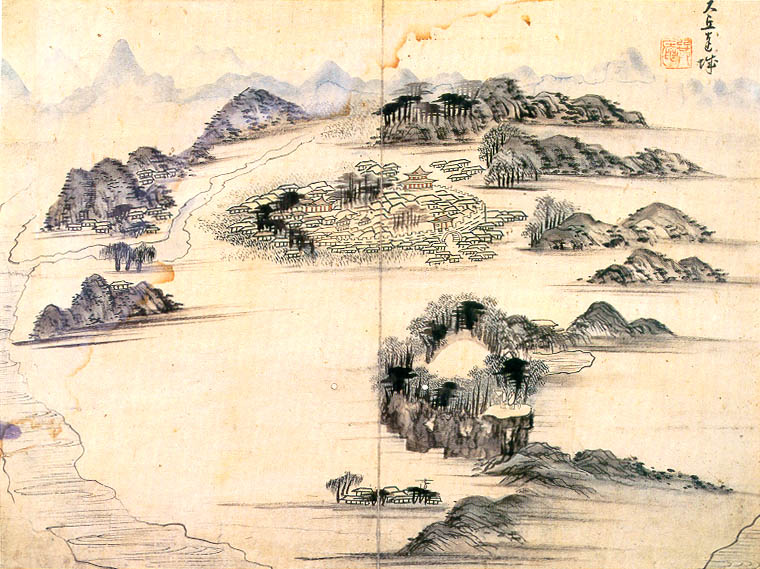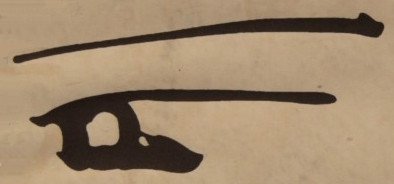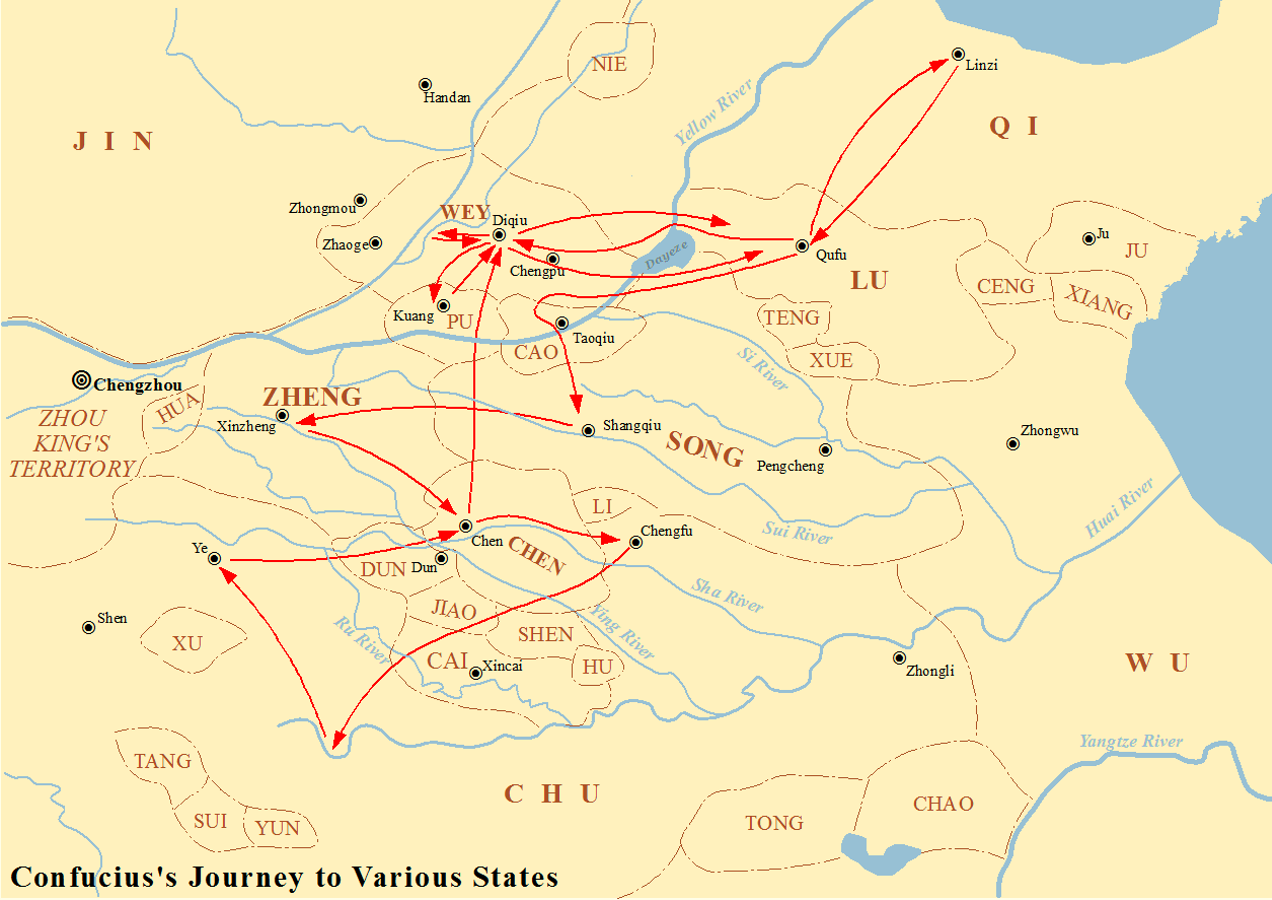|
Daegu-hyanggyo
The Daegu Hyanggyo () is a in Daegu, South Korea. A is a state-sponsored academy where students studied to prepare for the ''gwageo'', the civil service examinations during the Goryeo (918–1392) and Joseon (1392–1910) periods. This was founded in 1398 during the reign of King Taejo of Joseon. History The was founded in 1398 during the reign of King Taejo of Joseon. During the Second Japanese Invasion in 1592 it was completely burned down. In 1599 the Daegu Hyanggyo was rebuilt near Dalseong Park but was relocated to the original 1398 site of Dalseong Park in 1605 and then back to the Gyodong area again. 1932 saw the again relocated to its present location in Namsandong, just south of downtown Daegu. In 1973 Hyanggyo at Daegu underwent a full restoration. Buildings There are two main buildings in the , Myeongyundang, the lecture hall and Daeseongjeon, the Confucian shrine hall. The original traditional layout of a has the Daeseongjeon located in front of Myeongnyu ... [...More Info...] [...Related Items...] OR: [Wikipedia] [Google] [Baidu] |
Daegu
Daegu (; ), formerly spelled Taegu and officially Daegu Metropolitan City (), is a city in southeastern South Korea. It is the third-largest urban agglomeration in South Korea after Seoul and Busan; the fourth-largest List of provincial-level cities of South Korea, metropolitan city in the nation with over 2.3 million residents; and the second-largest city after Busan in the Yeongnam Regions of Korea, region in southeastern South Korea. Daegu and the surrounding North Gyeongsang Province are often referred to as Daegu-Gyeongbuk, with a total population of over 5 million. Daegu is located in south-eastern Korea about from the coast, near the Geumho River and its mainstream, Nakdong River in Gyeongsang Province. The Daegu basin is the central plain of the Yeongnam List of regions of Korea, region. In ancient times, the Daegu area was part of the proto-kingdom Jinhan. Subsequently, Daegu came under the control of the Silla Kingdom, which unified the Korean Peninsula. During th ... [...More Info...] [...Related Items...] OR: [Wikipedia] [Google] [Baidu] |
Hyanggyo
() were government-run provincial Confucian schools established during the Goryeo (918–1392), and Joseon (July 1392 – August 1910) periods in Korea. They were established to educate and train officials in Confucian ideals and the ethics of government. In the Joseon period, when Neo-Confucianism replaced Buddhism as the ruling ideology, the government needed to promote the new ideology to create a new social order based on Neo-Confucianism. During this period also, teachers at Hyanggyo received land, royalties, and slaves from the government. They were officially closed near the end of the Joseon Dynasty, in 1894, but many were reopened as public elementary schools in 1900. They were not widely used during either period. In the Joseon period, were established in every ''bu'', ''mok'', ''daedohobu'', ''dohobu'', ''gun'', and ''hyeon'' (the last corresponding roughly to the size of modern-day cities and counties). They served primarily the children of the ''yangban'', or rulin ... [...More Info...] [...Related Items...] OR: [Wikipedia] [Google] [Baidu] |
Gwageo
The () or ''kwagŏ'' were the national civil service examinations under the Goryeo (918–1392) and Joseon (1392–1897) periods of Korea. Typically quite demanding, these tests measured candidates' ability of writing composition and knowledge of the Chinese classics. The form of writing varied from literature to proposals on management of the state. Technical subjects were also tested to appoint experts on medicine, interpretation, accounting, law etc. These were the primary route for most people to achieve positions in the bureaucracy. Based on the Imperial examination, civil service examinations of imperial China, the first arose in Unified Silla, gained importance in Goryeo, and were the centerpiece of most education in the Joseon dynasty. The tutelage provided at the ''hyanggyo'', ''seowon'', and Sungkyunkwan was aimed primarily at preparing students for the and their subsequent career in government service. Under Joseon law, high office was closed to those who were not c ... [...More Info...] [...Related Items...] OR: [Wikipedia] [Google] [Baidu] |
Civil Service Entrance Examination
Civil service examinations are examinations implemented in various countries for recruitment and admission to the civil service. They are intended as a method to achieve an effective, rational public administration on a merit system for recruiting prospective politicians and public sector employees. The most ancient example of such exams were the imperial examinations of ancient China. Competitive exam Competitive examinations are tests where candidates are ranked according to their grades and/or percentile and then top rankers are selected. If the examination is open for ''n'' positions, then the first ''n'' candidates in ranks pass, the others are rejected. They are used as entrance examinations for university and college admissions such as the Joint Entrance Examination or to secondary schools. Types are civil service examinations, required for positions in the public sector; the U.S. Foreign Service Exam, and the United Nations Competitive Examination. Competitive ex ... [...More Info...] [...Related Items...] OR: [Wikipedia] [Google] [Baidu] |
Goryeo
Goryeo (; ) was a Korean state founded in 918, during a time of national division called the Later Three Kingdoms period, that unified and ruled the Korea, Korean Peninsula until the establishment of Joseon in 1392. Goryeo achieved what has been called a "true national unification" by Korean historians as it not only unified the Later Three Kingdoms but also incorporated much of the ruling class of the northern kingdom of Balhae, who had origins in Goguryeo of the earlier Three Kingdoms of Korea. According to Korean historians, it was during the Goryeo period that the individual identities of Goguryeo, Baekje and Silla were successfully merged into a single entity that became the basis of the modern-day Koreans, Korean identity. The name "Korea" is derived from the name of Goryeo, also romanized as Koryŏ, which was first used in the early 5th century by Goguryeo; Goryeo was a successor state to Later Goguryeo and Goguryeo. Throughout its existence, Goryeo, alongside Unified S ... [...More Info...] [...Related Items...] OR: [Wikipedia] [Google] [Baidu] |
Joseon
Joseon ( ; ; also romanized as ''Chosun''), officially Great Joseon (), was a dynastic kingdom of Korea that existed for 505 years. It was founded by Taejo of Joseon in July 1392 and replaced by the Korean Empire in October 1897. The kingdom was founded following the aftermath of the overthrow of Goryeo in what is today the city of Kaesong. Early on, Korea was retitled and the capital was relocated to modern-day Seoul. The kingdom's northernmost borders were expanded to the natural boundaries at the rivers of Yalu River, Amnok and Tumen River, Tuman through the subjugation of the Jurchen people, Jurchens. During its 500-year duration, Joseon encouraged the entrenchment of Korean Confucianism, Confucian ideals and doctrines in Korean society. Neo-Confucianism was installed as the new state's ideology. Korean Buddhism, Buddhism was accordingly discouraged, and occasionally Buddhists faced persecution. Joseon consolidated its effective rule over the Korean peninsula and saw the he ... [...More Info...] [...Related Items...] OR: [Wikipedia] [Google] [Baidu] |
Taejo Of Joseon
Taejo (; 4 November 1335 – 27 June 1408), personal name Yi Seong-gye (), later Yi Dan (), was the founder and first monarch of the Joseon dynasty of Korea. After overthrowing the Goryeo dynasty, he ascended to the throne in 1392 and abdicated six years later during a strife between his sons. He was honored as Emperor Go () following the establishment of the Korean Empire. Taejo emphasized continuity over change. No new institutions were created, and no massive purges occurred during his reign. His new dynasty was largely dominated by the same ruling families and officials that had served the previous regime. He re-established amicable ties with Japan and improved relations with Ming dynasty, Ming China. Biography Early life The future King Taejo was born in Ssangseong Prefecture on the frontiers of the Yuan dynasty. Taejo's father was Yi Cha-ch'un, an official of Korean ethnicity serving the Mongols, Mongol-led Yuan. His mother, Queen Uihye, Lady Ch'oe, came from a famil ... [...More Info...] [...Related Items...] OR: [Wikipedia] [Google] [Baidu] |
Japanese Invasions Of Korea (1592–98)
The Imjin War () was a series of two Japanese invasions of Korea: an initial invasion in 1592 also individually called the "Imjin War", a brief truce in 1596, and a second invasion in 1597 called the Chŏngyu War (). The conflict ended in 1598 with the withdrawal of Japanese forces from the Korean Peninsula after a military stalemate in Korea's southern provinces. The invasions were launched by Toyotomi Hideyoshi with the intent of conquering the Korean Peninsula and China proper, which were ruled by the Joseon and Ming dynasties, respectively. Japan quickly succeeded in occupying large portions of the Korean Peninsula, but the contribution of reinforcements by the Ming, "(Korean) war minister Yi Hang-bok pointed out that assistance from China was the only way Korea could survive." as well as the disruption of Japanese supply fleets along the western and southern coasts by the Joseon Navy, "His naval victories were to prove decisive in the Japanese defeat, although Yi was to ... [...More Info...] [...Related Items...] OR: [Wikipedia] [Google] [Baidu] |
Lunar Calendar
A lunar calendar is a calendar based on the monthly cycles of the Moon's phases ( synodic months, lunations), in contrast to solar calendars, whose annual cycles are based on the solar year, and lunisolar calendars, whose lunar months are brought into alignment with the solar year through some process of intercalationsuch as by insertion of a leap month. The most widely observed lunar calendar is the Islamic calendar. The details of when months begin vary from calendar to calendar, with some using new, full, or crescent moons and others employing detailed calculations. Since each lunation is approximately days, (which gives a mean synodic month as 29.53059 days or 29 days 12 hours 44 minutes and 3 seconds) it is common for the months of a lunar calendar to alternate between 29 and 30 days. Since the period of 12 such lunations, a lunar year, is 354 days, 8 hours, 48 minutes, 34 seconds (354.36707 days), lunar calendars are 11 to 12 day ... [...More Info...] [...Related Items...] OR: [Wikipedia] [Google] [Baidu] |
Seokjeon-daejae
The Seokjeon Daeje (), also sometimes called Seokjeonje, is a ceremonial rite performed twice annually to honor Confucius. It is held at Confucian sites across South Korea including hyanggyos and the Confucian temple Munmyo located at Sungkyunkwan, on Confucius' birthday in fall and the anniversary of his death in spring. ''Seokjeon'' is made up of the two Chinese characters, 釋 (to lay out) and 奠 (alcohol), and ''Seokjeon Daeje'' means "Laying out offerings ceremony". It involves an elaborate ceremony with sacrificial offerings of alcohol and foods, as well as an elaborate dance known as ''munmyo ilmu'' accompanied by musical performances ''munmyo jeryeak''. In 2011, Korea nominated the ceremony for the UNESCO Intangible Cultural Heritage list; however, it did not satisfy the criteria for selection and UNESCO invited the Korean government to submit it again in the future with additional information. The ceremony is recognized in Korea as important intangible cultural her ... [...More Info...] [...Related Items...] OR: [Wikipedia] [Google] [Baidu] |
Confucius
Confucius (; pinyin: ; ; ), born Kong Qiu (), was a Chinese philosopher of the Spring and Autumn period who is traditionally considered the paragon of Chinese sages. Much of the shared cultural heritage of the Sinosphere originates in the philosophy and teachings of Confucius. His philosophical teachings, called Confucianism, emphasized personal and governmental morality, harmonious social relationships, righteousness, kindness, sincerity, and a ruler's responsibilities to lead by virtue. Confucius considered himself a transmitter for the values of Ancient China, earlier periods which he claimed had been abandoned in his time. He advocated for filial piety, endorsing strong family loyalty, Ancestor veneration in China, ancestor veneration, the respect of elders by their children and of husbands by their wives. Confucius recommended a robust family unit as the cornerstone for an ideal government. He championed the Silver Rule, or a negative form of the Golden Rule, advising, "Do ... [...More Info...] [...Related Items...] OR: [Wikipedia] [Google] [Baidu] |
Hyanggyo
() were government-run provincial Confucian schools established during the Goryeo (918–1392), and Joseon (July 1392 – August 1910) periods in Korea. They were established to educate and train officials in Confucian ideals and the ethics of government. In the Joseon period, when Neo-Confucianism replaced Buddhism as the ruling ideology, the government needed to promote the new ideology to create a new social order based on Neo-Confucianism. During this period also, teachers at Hyanggyo received land, royalties, and slaves from the government. They were officially closed near the end of the Joseon Dynasty, in 1894, but many were reopened as public elementary schools in 1900. They were not widely used during either period. In the Joseon period, were established in every ''bu'', ''mok'', ''daedohobu'', ''dohobu'', ''gun'', and ''hyeon'' (the last corresponding roughly to the size of modern-day cities and counties). They served primarily the children of the ''yangban'', or rulin ... [...More Info...] [...Related Items...] OR: [Wikipedia] [Google] [Baidu] |








